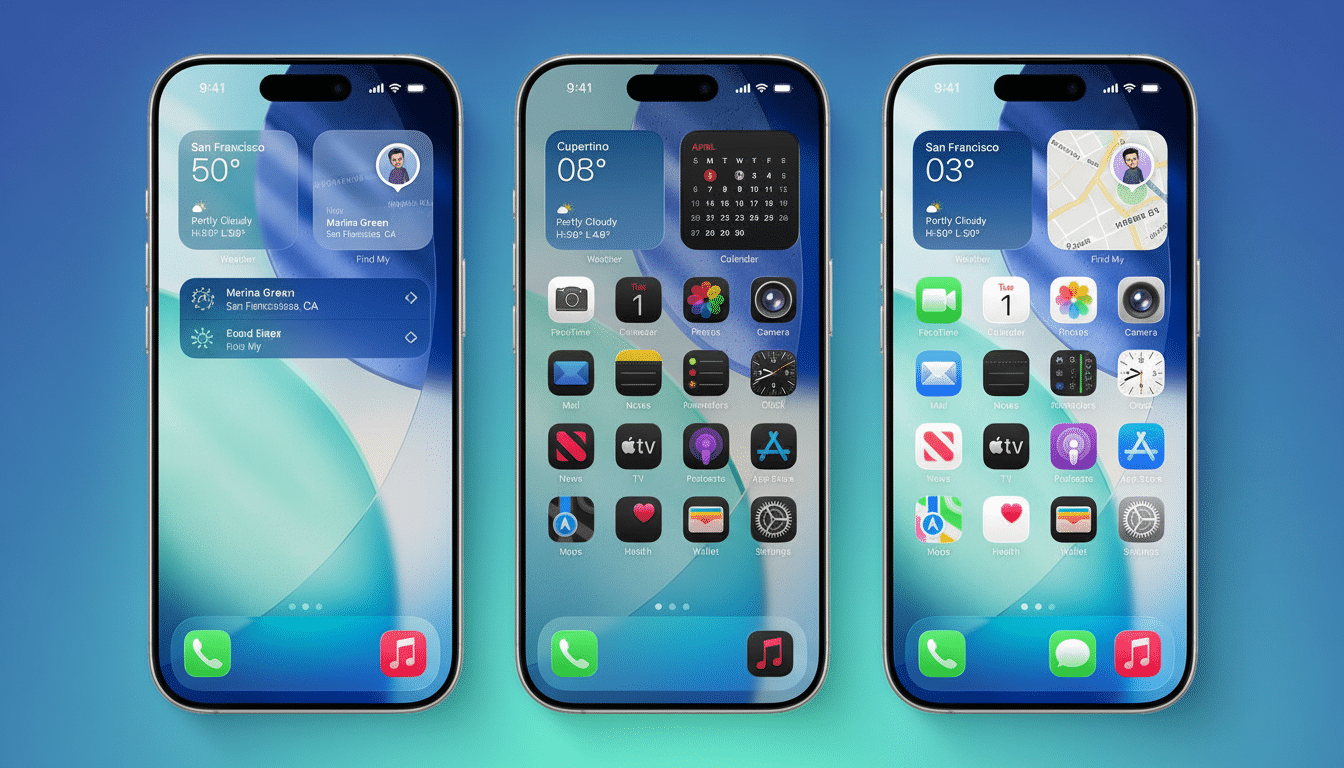Apple is said to be preparing a more muted year for its iPhone software. According to a report by Bloomberg’s Mark Gurman, the company is aiming for iOS 27 to be an iterative release, focusing on performance, stability, and quality fixes instead of flashy new features. The approach is reminiscent of Apple’s Snow Leopard moment on the Mac, when after an overhaul, a period of polish followed.
Why Apple Is Tapping the Brakes on iOS Development
The 26th iteration of iOS was a bold departure, including the introduction of the Liquid Glass interface with translucent, floating controls and an effort to join together Apple’s platforms with year-based naming.
- Why Apple Is Tapping the Brakes on iOS Development
- A Return to Snow Leopard’s Playbook for Performance
- What You Can Expect in iOS 27: Stability and Speed
- AI Still on the Roadmap Despite a Stability-Focused Year
- Why a Year of Polishing Matters for Users and Developers
- The Bottom Line on Apple’s iOS 27 Stability-Focused Release

The redesign was sleek, but it also brought user complaints about battery drain, occasional keyboard inaccuracies, and general bugginess — exactly the sorts of friction that can sour a major release’s momentum.
Gurman says the company’s software teams are “scouring” their collective additions to the OS for bloat as they seek out regressions and performance debt left by a rapid overhaul. Look for attention to responsiveness: faster UI rendering, more consistent animation, and smoother thermal behavior under load, with smarter background task scheduling to rein in battery consumption.
A Return to Snow Leopard’s Playbook for Performance
Apple has done that before — and it worked. In 2009, Mac OS X Snow Leopard was best known for a focus on back-end improvements that made the everyday experience snappier. On the iPhone, iOS 12 served up a similar message: Apple promised apps would launch up to 40% faster, the keyboard would appear up to 50% faster, and the camera would be ready up to 70% faster for older devices. The lesson is clear: polish years can reap outsize gains users will recognize right away.
A refinement cycle also affords Apple the opportunity to iterate on power management and memory pressure handling across varying devices. That can help minimize frame drops, stabilize multitasking performance, and lower the incidence of having your apps shoved out of memory — little quality-of-life victories that add up.
What You Can Expect in iOS 27: Stability and Speed
Apple probably won’t be advertising iOS 27 as a “no new features” release, but the headline may be this: what you don’t see may bug you less, and you can count on better day-of experience. Key areas to monitor are keyboard accuracy and latency, Spotlight search performance, smoother scrolling in apps with complex views, and more efficient background sync for mail and messaging.

Behind the scenes, Apple can reduce app and OS overhead by auditing frameworks for duplication, trimming legacy code paths, and optimizing shader and compositing pipelines for the Liquid Glass design language. A smaller delta update, faster app installs, and increased crash resilience would make sense as some of the byproducts of this work.
AI Still on the Roadmap Despite a Stability-Focused Year
Refinement won’t mean stagnation. According to industry reports, Apple is further broadening its feature set with new Apple Intelligence features despite the fact that iOS 27 focuses heavily on stability. Bloomberg has flagged Apple’s continuing talks to adopt Google Gemini where it makes sense, to complement the ChatGPT tie-in and build on-device and private-cloud AI capabilities.
Practical additions might be better on-device summarization in Notes and Mail, Siri actions that string tasks between apps based on context, and more intelligent photo editing processes that don’t require the cloud. There might be less of an emphasis on flashy demos and more on making all the AI features I’ve already written about faster, more private, and easier to trust.
Why a Year of Polishing Matters for Users and Developers
For app makers, a more stable platform means less churn on hotfixes and allows teams to focus on deeper investments in apps versus firefighting. For businesses, fewer regressions can minimize support tickets and expedite rollouts. And for consumers, stability usually means a better experience, so this time around you should expect customers to be happy and quick about adopting the new operating system, as in cycles past when performance-focused updates proved popular.
There’s also a competitive angle. And as Android leans into power efficiency and sustaining performance on the latest silicon, Apple gets to ensure iOS keeps up with its hardware pace. An iPhone that feels faster six months after you bought it is a soft but potent selling point.
The Bottom Line on Apple’s iOS 27 Stability-Focused Release
If Bloomberg’s typical reportage proves accurate, iOS 27 will be the continuation of a relentless war to make Apple’s iPhone feel fast, precise, and predictable all of the time.” — Zach Epstein at BGR. Not much else is known about what to expect from iOS 27 if Bloomberg’s reporting holds true. After a year of sweeping visual change, a bout of careful tightening might be exactly what the platform needs, with any AI enhancements coming where they can provide real-world value right now.

